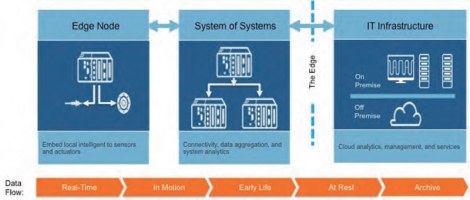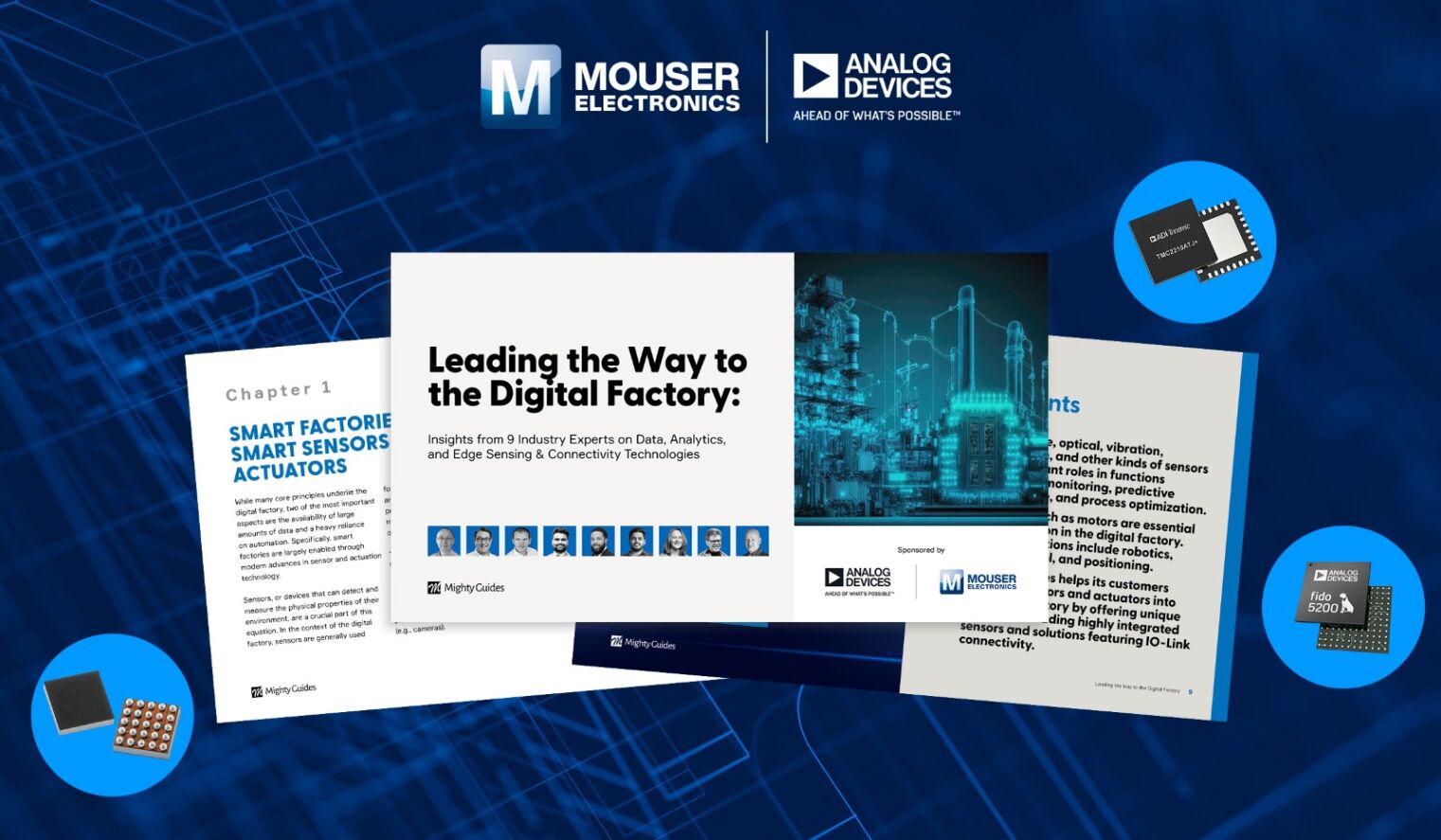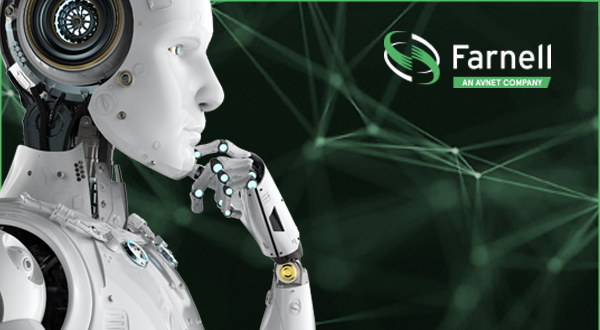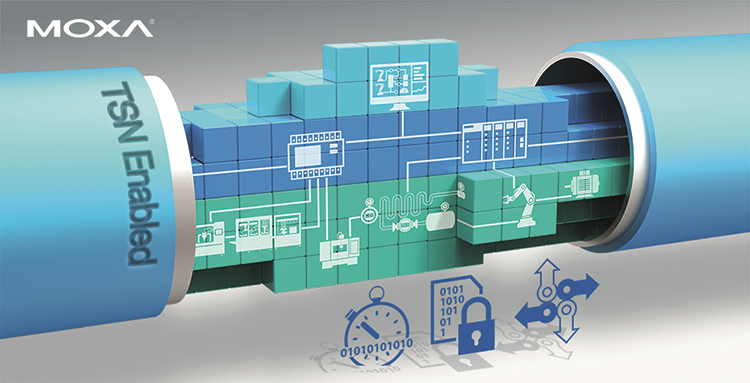Since the last decade, our society has been increasingly dependent on the latest electronics and communications technologies, from mobile devices to smart vehicles or home automation. These physical objects or things are making use of electronics, software, sensors, and connectivity to create the Internet of Things (IoT). The concept of the IoT, introduced by technology pioneer Kevin Ashton in 1999, is that advancing connectivity between humans, machines, and infrastructure will increase intelligence, business insight, efficiency, and innovation. The widespread use of industrial automation and embedded intelligence in the mid-1th century has brought us to the world as we know it today. The Industrial Internet of Things (IIoT), embodying a network of more intelligent software-defined machines and devices, can greatly influence our lives. The IIoT landscape, as Figure XNUMX shows, can be further segmented into three parts: the intelligent peripherals (sensor/actuator), the system of systems, and end-to-end analytics, which are the foundation of all connectivity and analytics. of data, while meeting latency, synchronization, and reliability requirements. Business-wise, manufacturers are constrained because control platforms are often tied to a specific equipment vendor. Often these equipment vendors release smart products, which have various embedded processors, protocols and software. The integration of these products in their design cycles until the final distribution is a key challenge. It's tiring to maintain all these protocols, software and technology, especially when you have limited resources. To stay competitive in a world determined by time to market, a platform-based approach offers manufacturers the flexibility and efficiency of having a single architecture that can work with equipment from any vendor. In the case of a manufacturing facility, smart tools can help simplify the production process and improve efficiency by eliminating manuals and physical data records. Operators must focus on their operational tasks, during which they must have their hands free to use the appropriate tools.
Several previous initiatives linked to paperless projects focused on eliminating paper or replacing it with tablets; however, they were still consuming dead and passive data. Companies like Airbus are looking to use intelligent tools as an alternative to data in context, which is continually generated and consumed; in other words, live data. The tools have embedded intelligence to not only communicate with other systems and machines, but also to provide dynamic torque settings and data logging for a much more seamless production workflow. Airbus tested NI's Zynq SoC-based System on Module (SOM) as the base platform for all these smart tools. Using the NI SOM accelerated the development process from prototype design to distribution. Prior to developing the NI SOM, Airbus built a prototype based on an NI CompactRIO controller (NI cRIO-9068) centered on the Zynq SoC that allowed them to integrate IPs from existing Airbus libraries and open source algorithms to validate their NI SOM concepts. quick way. The flexibility of using textual and graphical programming, along with the reuse of third-party IP blocks placed on top of the Zynq SoC, as well as NI's Linux Real-Time OS, offered the perfect level of abstraction for developing these tools. Read the Airbus case study: http://sine.ni.com/cs/app/doc/p/id/cs-16246 Apart from tools, industrial manipulators are also important to manufacturing processes. These robot manipulator systems have been in use in various industries for decades for a wide range of applications and are typically designed with a proprietary or custom solution that makes it costly to integrate an industrial robot for the end user. As production systems evolve into lean systems (not only in organization, but also in planning and technologies), a common architecture or communication layer is needed to be able to scale and adapt. Using a platform to extend to an existing robot controller allows the end user to reuse existing IPs such as inverse kinematics and safety while implementing a system-level architecture, which can be redeployed to a different manipulator and scaled appropriately, as a production plant continues to evolve. At the same time, the common communication layer enables further advances in security development and human-machine collaboration to further optimize production rate and reduce cost. All of these intelligent systems require high bandwidth and low latency communication architecture and protocol. It is important to use a platform with an open architecture in software and hardware to scale as new standards such as 5G, OPC UA, and IEEE 802.1 continue to be developed.
These architectures are crucial to control processes for various platforms, while improving security and providing an information model for the entire infrastructure. On the cusp of the fourth industrial revolution fueled by the convergence of technologies and societal trends, a new catalyst has emerged where things of all shapes and functions are essential to the Internet of Things, or IoT. The connection of the IoT and the distributed nature of these smart devices, each with autonomous or semi-autonomous behavior, allow for increased production and better use of human resources, by closing huge information gaps about the status of the factory in real time. The IoT, coupled with innovative techniques like additive manufacturing, will soon deliver a truly advanced and optimized manufacturing floor and the vision of a lean, agile and integrated factory of the future. To learn more about the advantages of NI's platform-based approach, visit the NI website.








